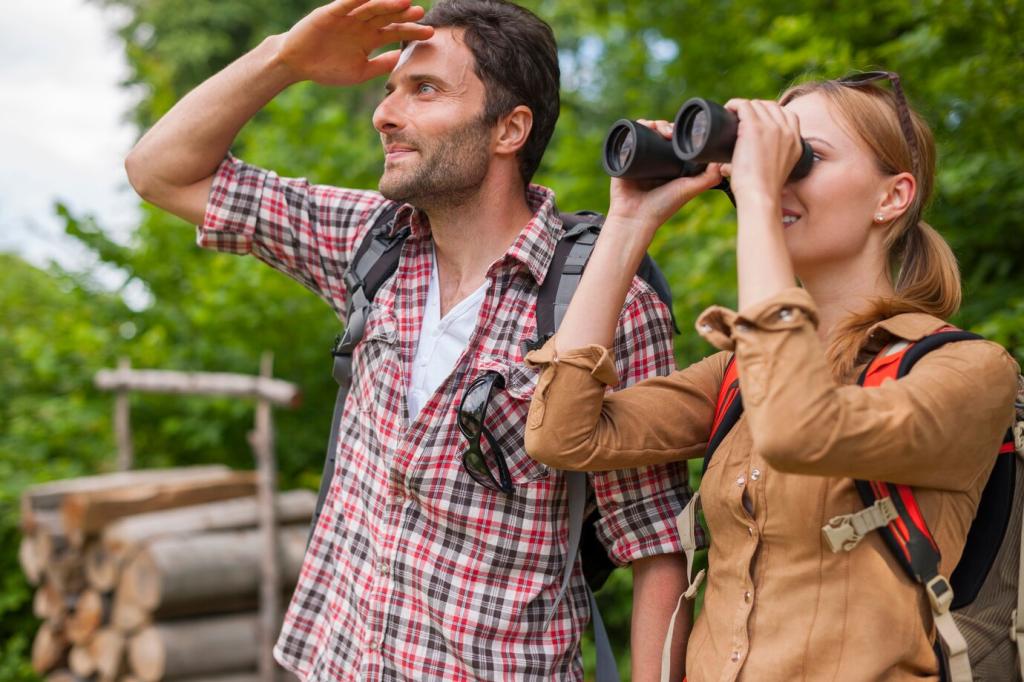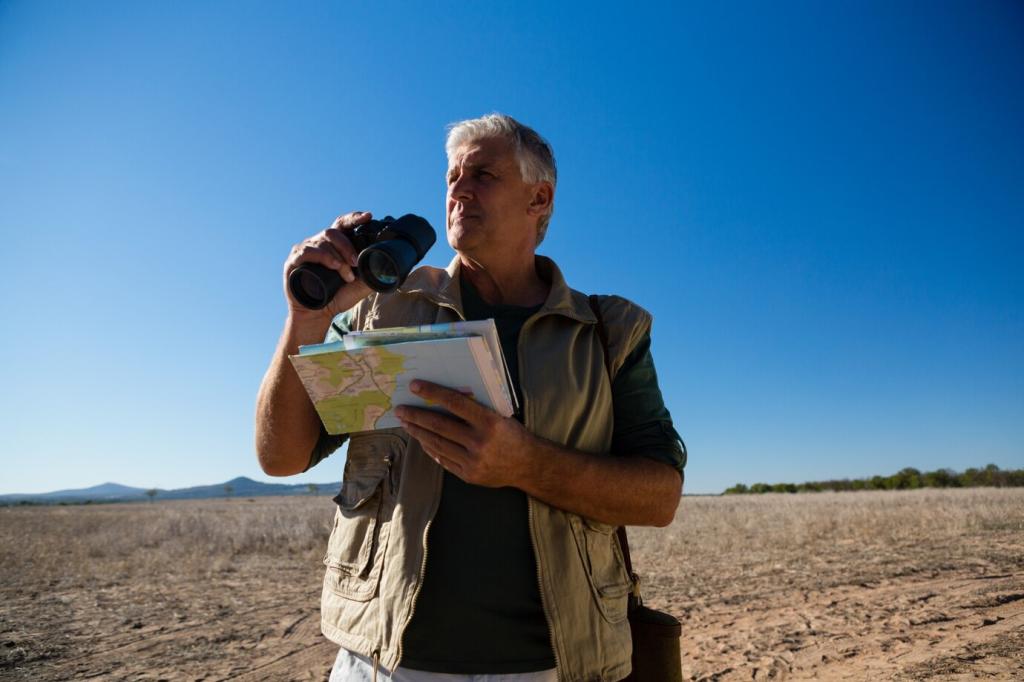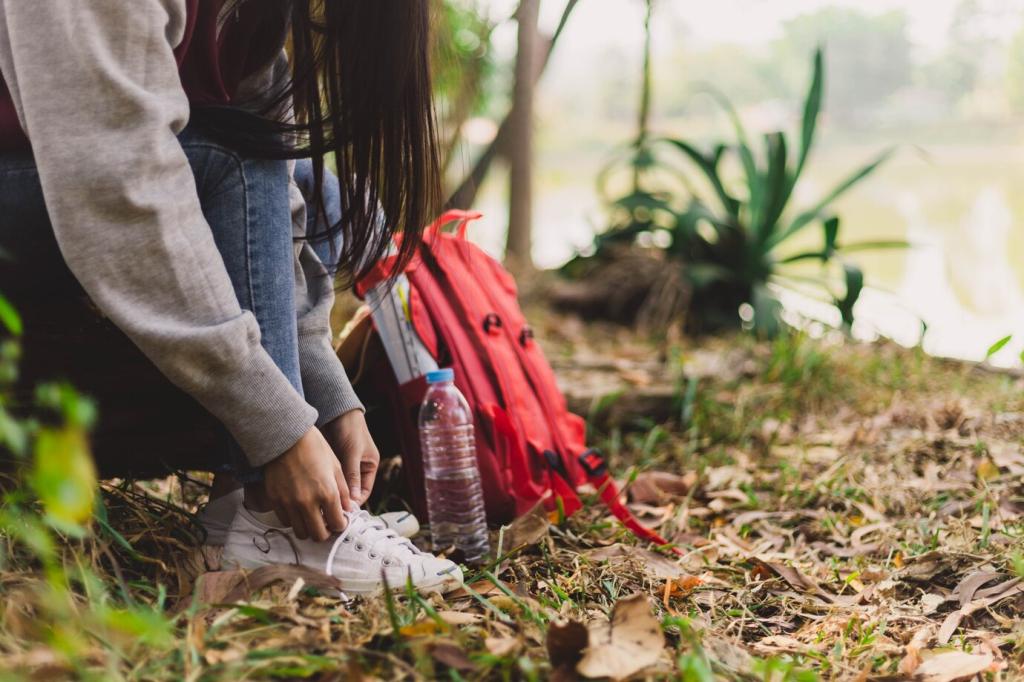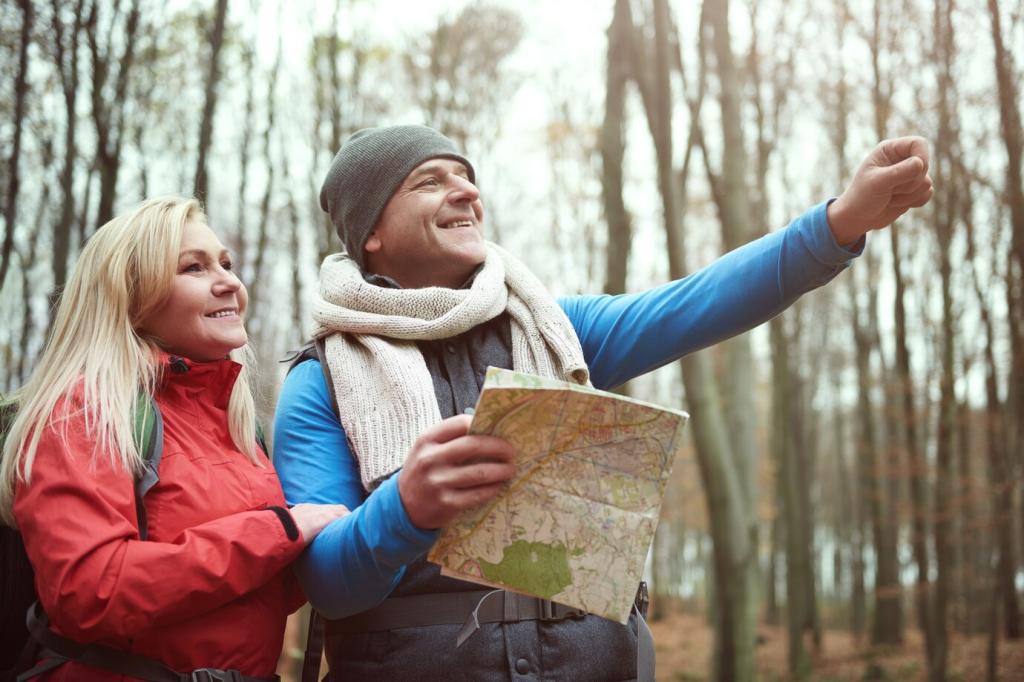Exploring the Grand Canyon on Foot: A Hiking Guide
Chosen theme: Exploring the Grand Canyon on Foot: A Hiking Guide. Lace up your boots, fill your bottles, and step into a mile-deep timeline of stone, story, and sky. Whether you dream of a sunrise descent or a rim-to-rim epic, this guide brings practical tips, real trail anecdotes, and inspiration packed for your next Canyon adventure. Share your plans in the comments and subscribe for fresh trail wisdom each week.
Timing Your Hike and Reading the Weather
The Canyon punishes the unprepared with brutal heat below the rim, especially from May through September. Start pre-dawn, aim for shady slopes, and respect that temperatures at the river can soar far above the rim’s forecast. Spring and fall offer gentler conditions, but storms still happen. Check National Park Service alerts, watch wind forecasts for exposed traverses, and always have a conservative turnaround time you’ll actually honor.
Permits, Regulations, and Respect for the Place
Day hikes require no permit, but overnight trips in the backcountry need one from the park’s Backcountry Office. Corridor campgrounds like Bright Angel and Indian Garden fill quickly, while Phantom Ranch uses a lottery. Follow mule train etiquette, yield on narrow ledges, and keep voices low in quiet stretches. Carry out every wrapper. When in doubt, ask a ranger and err on the side of the Canyon’s rules.
Training Your Body for the Canyon’s Unique Demands
The Grand Canyon is a downhill first, uphill last hike—an inversion that wrecks quads and knees if you are not ready. Train with stair climbs, loaded descents, and long, steady uphills. Practice pacing and fueling on back-to-back days to simulate cumulative fatigue. If you have trekking poles, strengthen your upper body too. Share your favorite training routine below to help other hikers prepare smarter.
Gear That Works Below the Rim
Footwear, Socks, and Blister Prevention
Trail runners breathe well and feel nimble; boots offer support and toe protection on crumbly switchbacks. Test whatever you choose on long descents before your trip. Wear moisture-wicking socks, carry Leukotape or moleskin, and treat hot spots the moment they whisper. Dust can be relentless, so consider gaiters. Drop your favorite shoe-and-sock combo in the comments to guide fellow hikers.
Water Systems and Carry Strategies
Plan to carry ample water—often three to four liters—plus a way to treat more if spigots are off. Bright Angel and North Kaibab usually have seasonal water sources, but pipeline breaks happen without warning. Use a hydration bladder for steady sipping and a hard bottle for electrolytes. Mark refill points on your map, and build a conservative buffer. Subscribe for route-specific water updates and field-tested packing lists.
Sun Protection and Desert-Ready Layers
The desert sun demands UPF clothing, a wide-brim hat, and high-SPF sunscreen reapplied often. Light, long sleeves beat tank tops when the rays are merciless. Pack a breathable wind layer for rim gusts and a warm layer for shoulder seasons. Sunglasses with great coverage protect weary eyes on bright rock. What sun gear saved your skin? Share tips for newcomers learning the Canyon’s light.
Choosing Your Path: Classic Trails and Itineraries
Bright Angel offers shade, seasonal water, and steady grades—ideal for a measured descent. South Kaibab trades water for dramatic ridge walking and grand vistas, best tackled early. Combine both for a classic down-and-up or shuttle one-way to savor sunrise at Ooh Aah Point. Remember the Canyon mantra: down is optional, up is mandatory. Tell us your favorite turnaround spot that balances views with safety.

Hydration, Fueling, and Staying Safe
Move early, rest in shade at midday, and never chase someone else’s pace. Heat exhaustion sneaks in with dizziness, nausea, and irritability; heat stroke is a life-threatening emergency. Cool down aggressively with wet bandanas and seek breeze. If symptoms grow, stop climbing and reassess. Your story could help someone—share a time you recognized early warning signs and changed your plan.


Hydration, Fueling, and Staying Safe
In hot canyons, water without sodium can lead to hyponatremia. Alternate sips of electrolyte mix and plain water, and snack steadily on salty, carb-rich foods. Aim to eat before you feel hungry, especially on long ascents. Pack flavors you actually enjoy at hour seven. What’s your go-to canyon snack that still tastes great when it’s warm?
Stories from the Switchbacks
Sunrise on South Kaibab: Awe at Ooh Aah Point
We left the rim under a violet sky, breath puffing in the chill, then rounded a bend as sunlight poured over layered walls. At Ooh Aah Point, the whole Canyon opened like a book, a hush broken only by morning wind. That stillness set our pace. Tell us your first viewpoint that made you stop talking and simply listen.
Phantom Ranch Lemonade and River Quiet
By late morning, the inner gorge hummed with heat, and Phantom Ranch offered a brief, sweet refuge. We wrote postcards carried out by mule and clinked paper cups of cold lemonade with dusty strangers. A shared table can stitch together a dozen trail tales. If you’ve cooled off at the Ranch, what small kindness made your day?
The Long Climb Home and a Lesson in Patience
The ascent taught us humility—steady steps, short breaks, and jokes traded at every shaded switchback. We refilled at Indian Garden, salted our snacks, and recalibrated expectations with each gain. Sunset painted the upper cliffs ember red. That climb changed our future planning. Share your own turning-point moment that made you respect the Canyon differently.
Layers of Time: Geology, Culture, and Life
From creamy Kaibab Limestone at the rim to ancient Vishnu Schist near the river, each layer records oceans, deserts, and upheaval. Trails are time machines, teaching patience as you descend through ages. That sense of scale can reset your worries. If a favorite layer caught your eye, share a photo or memory and why it spoke to you.

Getting There, Shuttles, and Early Starts
Parking fills quickly on fair-weather mornings. Use park shuttles, confirm their first departure, and be at the stop before dawn. Pack light but complete, with headlamp batteries tested. Mark water points and bailout options. Subscribe to our trip-planning checklist, and tell us which shuttle tip saved you time or stress.
Camping, Lodging, and Permit Timelines
Reserve Mather Campground early, and watch for cancellations. Backcountry permits for corridor sites require advanced requests, while Phantom Ranch uses a lottery with long lead times. Shoulder seasons can still book out fast. Consider weekday hikes and flexible windows. If you’ve navigated the permit maze, share your timeline so others can learn from your path.
A Sample Day Plan You Can Adapt
Start two hours before sunrise from South Kaibab, snack every forty-five minutes, and target shade breaks at skeletonized trees or alcoves. Refill at known spigots if operational, and switch to Bright Angel for a water-assisted climb. Build a strict turnaround time. Tell us how you would tweak this plan for your pace, season, and goals.
Join our mailing list
